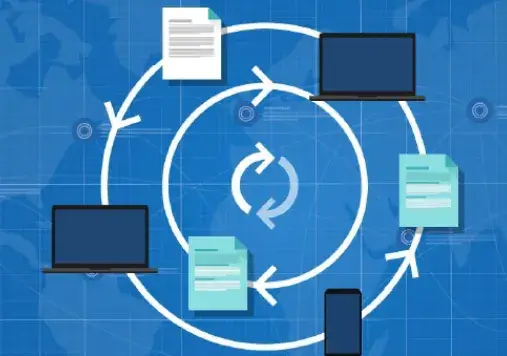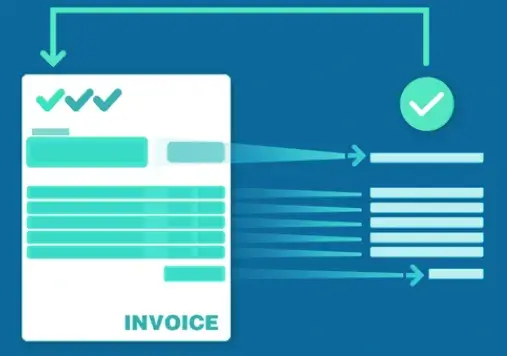In the dynamic landscape of modern business, efficiency is key. Companies are constantly seeking ways to streamline their operations, reduce costs, and improve productivity. One area where this is particularly crucial is invoice processing. Inefficient invoice processing can lead to delayed payments, errors, and ultimately, a strain on relationships with suppliers. To combat these issues, many businesses are turning to line-level invoice processing integrated with their enterprise systems. In this article, we’ll delve into what line-level invoice processing is, its benefits, and how integration with enterprise systems can revolutionize your business operations.

What is Line-Level Invoice Processing?
Traditionally, invoice processing involved manual entry of invoice data into accounting systems. This method was time-consuming and prone to errors. Line-level invoice processing, on the other hand, takes a more detailed approach. Instead of treating the invoice as a single entity, line-level processing breaks it down into individual line items. Each line item, representing a product or service, is captured separately along with its corresponding details such as quantity, price, and taxes.
Conclusion
In today’s fast-paced business environment, optimizing invoice processing is essential for maintaining a competitive edge. Line-level invoice processing offers a more accurate, efficient, and transparent approach to managing invoices. When integrated with enterprise systems, it becomes a powerful tool for streamlining business operations, improving financial visibility, and driving strategic decision-making. By embracing line-level processing and leveraging integration with enterprise systems, businesses can transform their invoicing processes and pave the way for greater efficiency and success.



